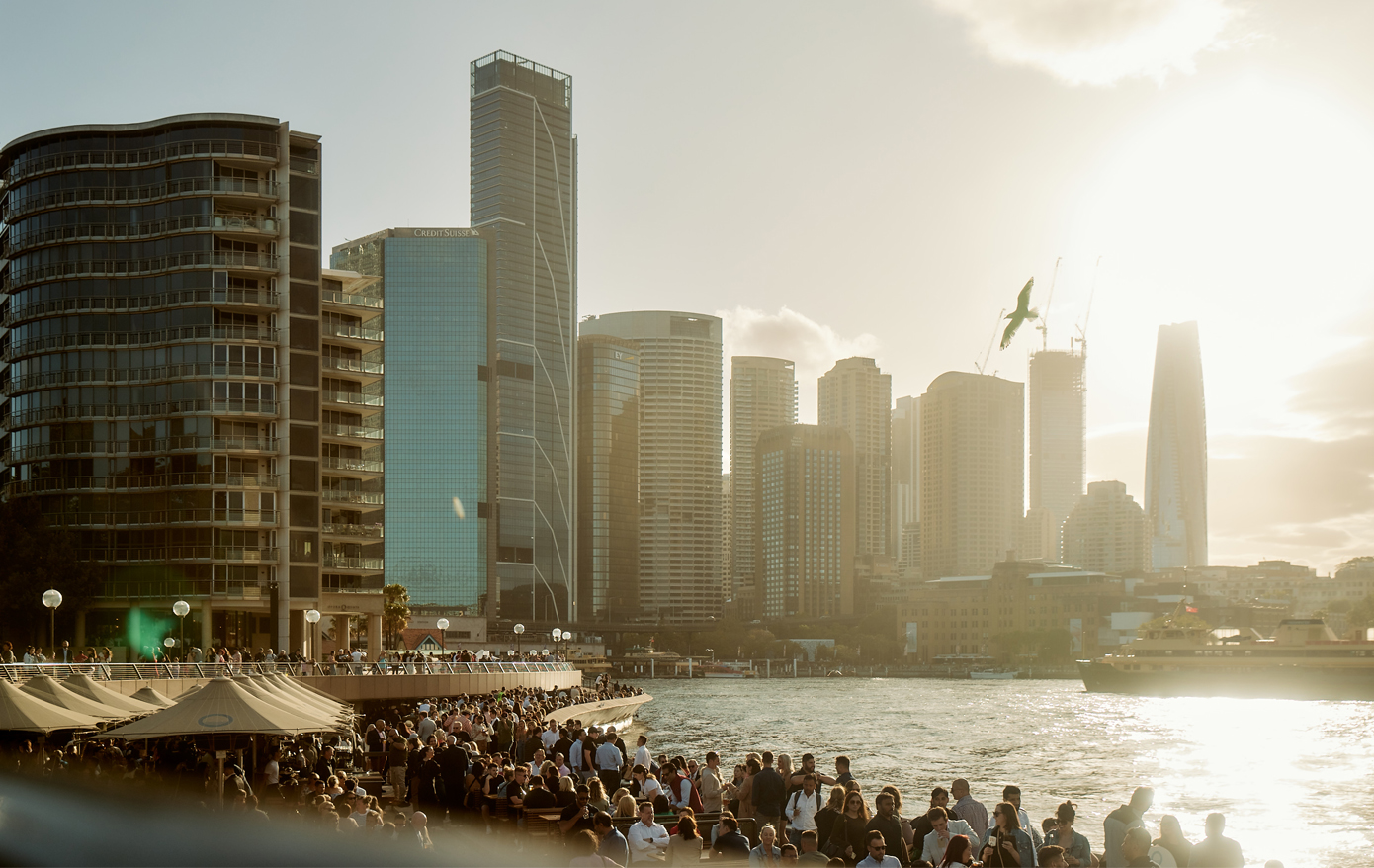Insight
30 August 2023
Shift the narrative. Reframe the skyline.

According to The Climate Group, “80% of buildings that will be standing in 2050 have already been built.” That’s a lot of ageing buildings. And while heritage charm never goes out of style, there are some architectural periods that may need more than a facelift and reconfigured sustainability credentials to achieve cut-through with their target audience.
So as the demand of tenants evolves, so too should the way buildings are marketed. By repositioning, and/or rebranding a building, developers can keep it relevant to the communities it serves, while appealing to new ones.
A strategic repositioning takes a new approach to the way a building is marketed, updating the existing offering and narrative to focus on a new target market, either relaunching the current brand to market, or rebranding with a whole new identity.
Traditionally, commercial properties have been positioned as self-serving isolated utopias, appealing to tenants who want to showcase their success and shut themselves away from the outside world. But as organisational cultures have become more community and wellbeing focused, repositioning enables developers to shift the tone to one of integration and connection, framing a building in the context of its surroundings, and the local neighbourhood.
Revitalising an under-performing asset, or shifting perceptions of its offering, can result in a more cohesive, appealing property that attracts and retains a more diverse range of tenants over the long term – invaluable in times of challenging rental yields and a flight to quality, premium assets.

Our work with the team at 33 Alfred Street is a good example of a developer embracing the opportunity to shift the narrative.
Previously known as the AMP Building, this was Sydney’s first freestanding skyscraper, but as a keystone of Quay Quarter, 33 Alfred Street underwent extensive transformation, maintaining its heritage status, while continuing to deliver on the spirit of innovation it was known for.
Working with AMP Capital and Dexus, Hundredweight created the 33 Alfred Street brand identity, brand architecture, communications, website, tenant gifting and leasing campaign, repositioning the modernist icon as an open, inviting space that celebrates its place in the Quay Quarter precinct.
With any rebrand, thorough research, leaning in to emerging trends, having clear strategic vision, and engaging stakeholders early, and often, make all the difference. It’s what separates a token rename and reskin of the visual identity, from the creation of authentic, purpose-led brands with the power to inspire and connect communities for mutual reward.
 By understanding what audiences want, and closing the gap between how they perceive the brand and how the brand wants to be seen, developers can create a more unified, appealing property that resonates with tenants and employees.
By understanding what audiences want, and closing the gap between how they perceive the brand and how the brand wants to be seen, developers can create a more unified, appealing property that resonates with tenants and employees.
The shape of our skylines might not change as much over the next two decades, but the way we feel about them will. Whether it’s a gentle repositioning, or a full rebrand, in the right hands, change creates the potential to unlock value, attract new tenants, and create a more sustainable and appealing product.
